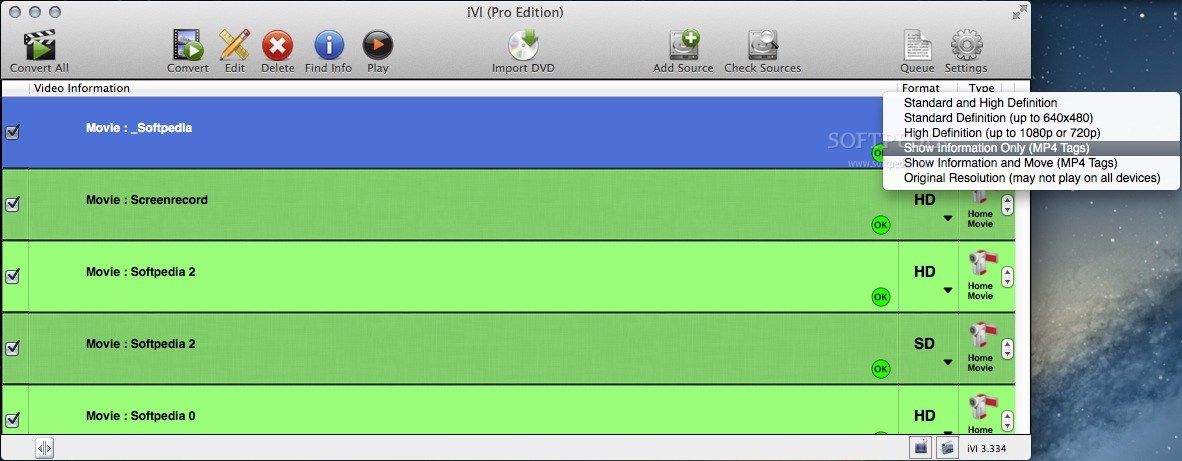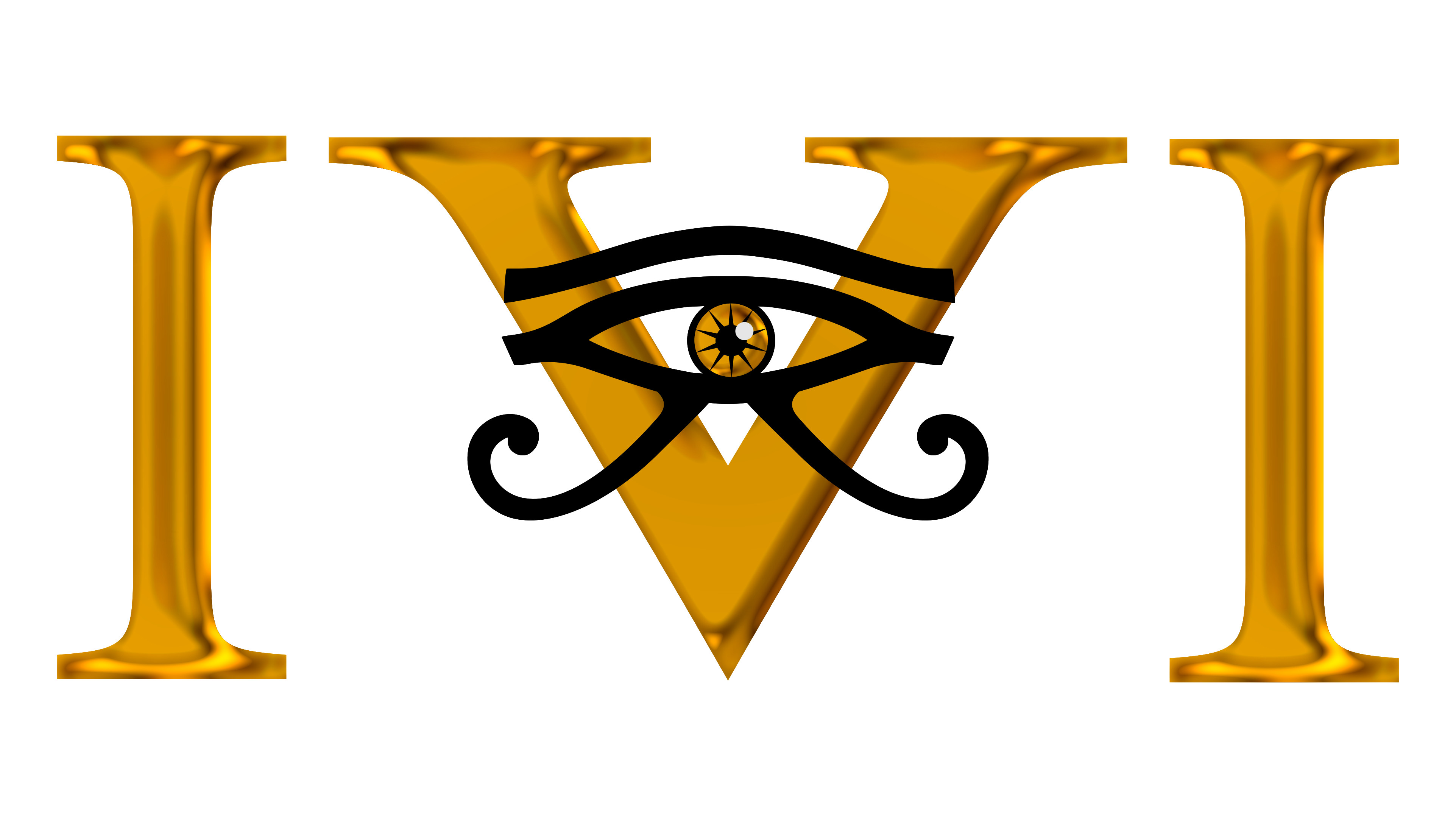


On the Crossville platform, you could get information about eMMC stick: /dev/mmcblk0. You should see some information about /dev/sda, /dev/sdb. Check the disk partition using “ fdisk –l”.Launch a terminal or switch to console in live boot [[environment.Live boot into the system in USB (such as Tizen or MeeGo.).Change the Boot Priority to boot from the removable USB device.Press "Del" or "" to access the BIOS menu.Insert the USB device into the IVI board that connects to HD.Copy the IVI image to the USB device (you do not need to decompress it.).Prepare a bootable USB device (with Linux OS burned).Press "Enter" to boot the image from the USB disk.Change Boot Priority to make it boot from the removable USB stick.Insert the USB device into the IVI device.Flash the image to the USB stick using bmaptool or dd (see this section).Or copy directly from a URL (providing you have downloaded the image and its bmap file to the same directory): Note: If you get the error "bmaptool: ERROR: cannot open block device '/dev/sdb' in exclusive mode: Device or resource busy: '/dev/sdX'", you need to unmount the USB stick. It checks data SHA1 checksums, makes sure your /dev/sdX is not mounted, etc.).Īfter installing bmaptool flash an image using: This tool copies the images four to eight times faster and is more reliable (for example, The new/fast method uses bmaptool, which is a new tool for flashing Tizen IVI That the USB stick is not mounted, or unmount it if needed.įlashing may take 10-20 minutes, depending on the speed of your storage device. Using " sudo fdisk -l" or looking at the output of the " dmesg" or " lsblk" commands. The old/slow method uses the standard Unix ' dd' tool:īefore running this command, find the name of your storage device There are two ways to copy the image to a device (the old/slow and the new/fast methods.) Tizen IVI images require at least 4 GB of storage capacity.


 0 kommentar(er)
0 kommentar(er)
